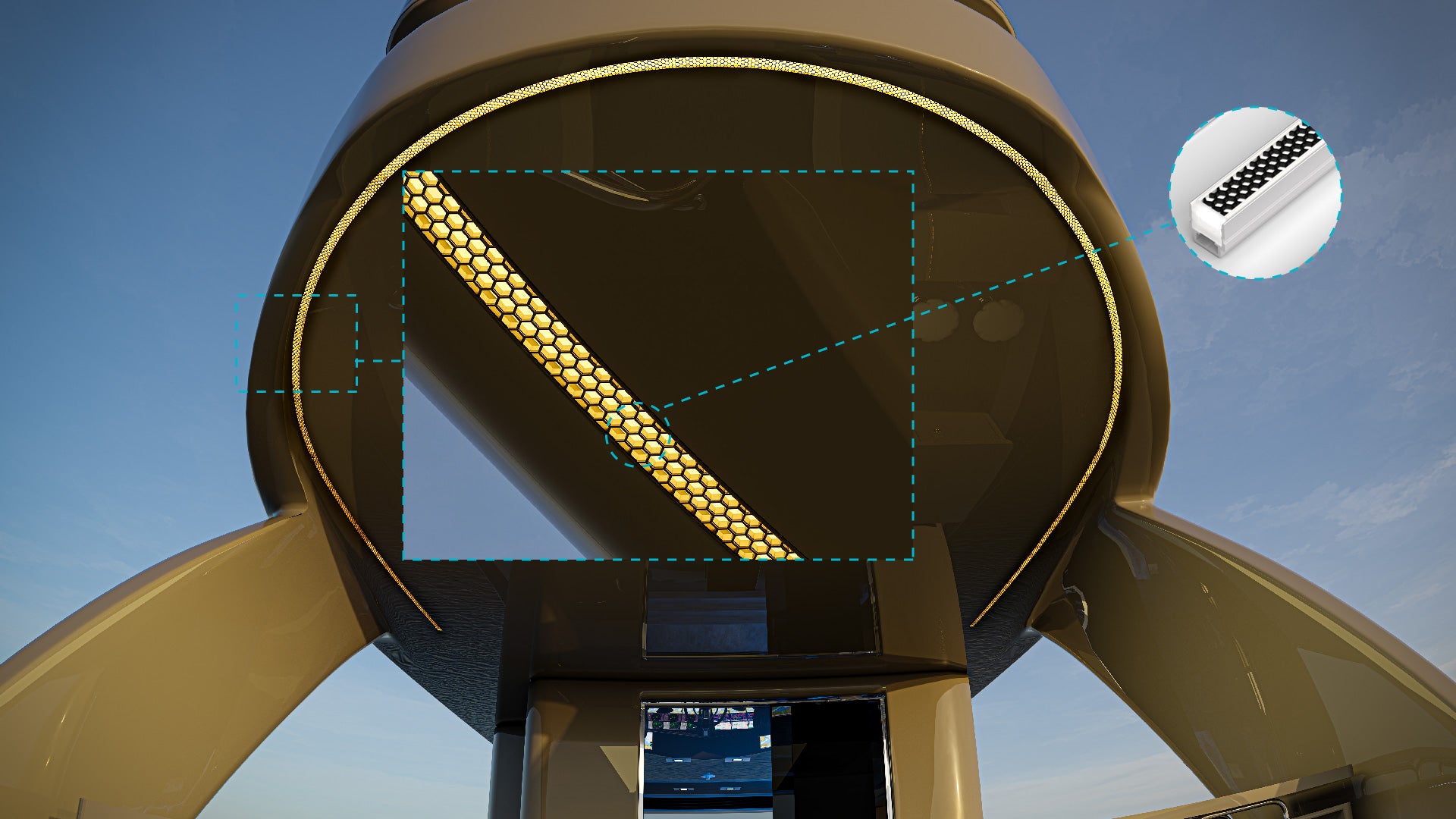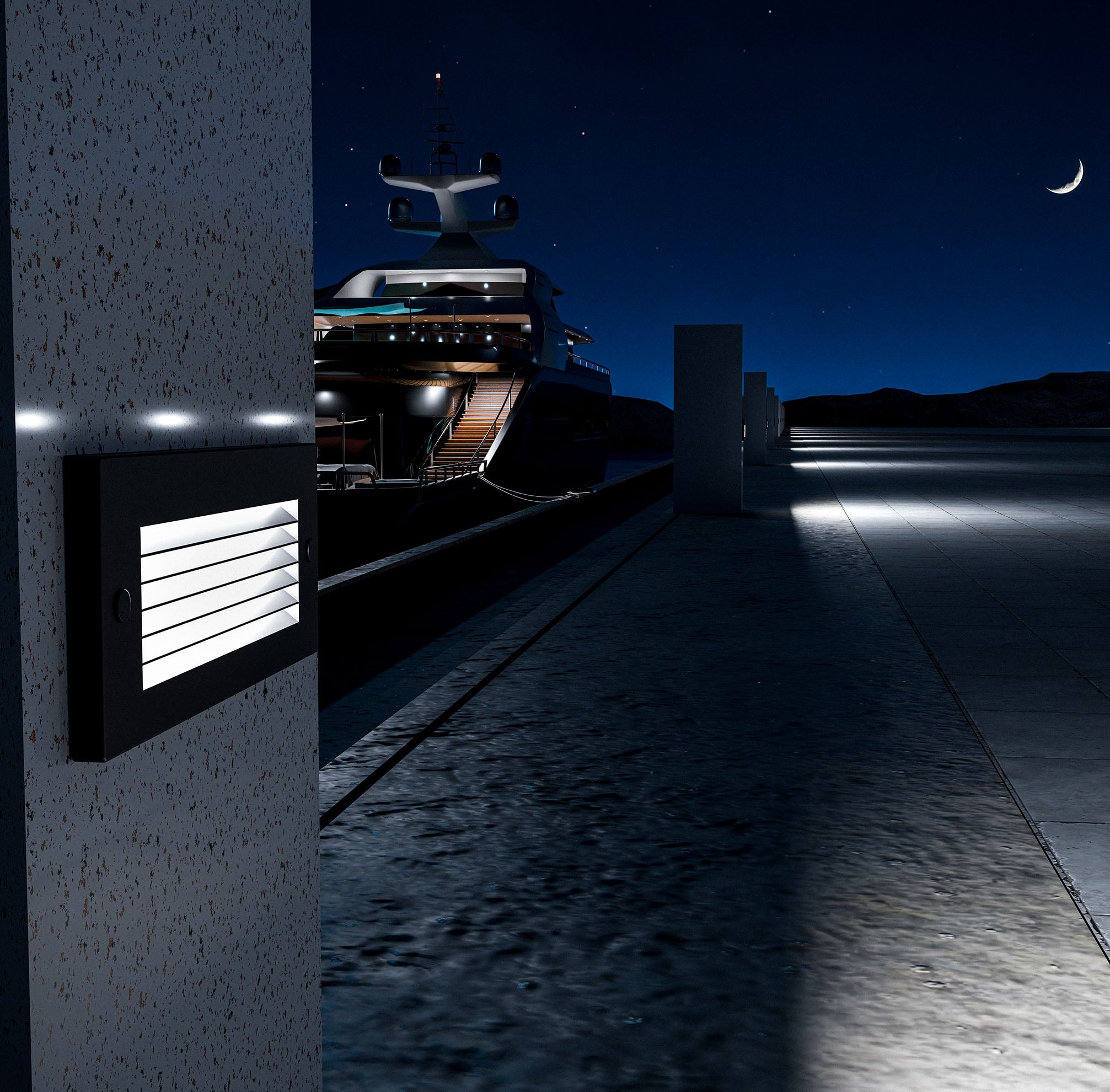Winter can be rough on boats, and if you want to avoid costly repairs in the spring, winterizing your boat is essential. Preparing your boat for the off-season will protect it from the harsh effects of cold weather, extend its lifespan, and ensure it’s ready to hit the water when warmer days return. Here’s everything you need to know about winterizing a boat, including steps for each system, materials needed, and why the cost to winterize a boat is a worthwhile investment.
Preparation for Winterization
Winterizing your boat is a multi-step process that requires planning and the right tools. Gathering your supplies ahead of time and choosing the right moment to start will help the process go smoothly.
Gathering Supplies
For a successful winterization, stock up on essentials such as antifreeze, fogging oil, fuel stabilizer, and basic cleaning supplies. Some owners may also want to invest in moisture-absorbing products to protect against mold and mildew over the winter.
Timing the Process
It’s best to start winterizing before the first frost hits, as freezing temperatures can damage any leftover water in your engine or pipes. Plan ahead, especially if you’re new to winterizing a boat, as certain steps may take time or require help from a professional.
Cleaning and Maintenance
Proper cleaning is a crucial part of winterization. Dirt, salt, and grime left on your boat over the winter can lead to corrosion, while leftover food and moisture inside can cause unpleasant odors or attract pests.
Exterior Cleaning
Start by thoroughly washing the hull to remove all debris and salt, which can corrode the boat’s surface over time. After washing, dry the boat completely and apply a layer of protective wax. This wax will act as a shield against winter’s harsh elements and prevent minor scratches and blemishes.
Interior Cleaning
Clear out all perishables, such as food or personal items, to avoid attracting pests. Empty coolers, refrigerators, and all storage compartments, then give them a good scrub to reduce the risk of mold and mildew buildup. This will keep your boat fresh and odor-free when you’re ready to use it in the spring.
Engine and Fuel System Preparation
Your boat’s engine and fuel system need special attention before winter storage. These steps help protect your engine from corrosion and damage caused by stagnant fuel.
Flush the Engine
Start by flushing the engine to remove any salt, dirt, or impurities that could cause damage over winter. Attach a garden hose to the flush port and run fresh water through the engine until it’s clear.
Add Fuel Stabilizer
Fuel stabilizer prevents your fuel from breaking down and clogging the carburetor and fuel lines. Add the stabilizer to your fuel tank, then run the engine for a few minutes to circulate it. This simple step can prevent a host of costly problems in the fuel system.
Fogging the Engine
Fogging oil creates a protective coating on the engine’s internal components, preventing corrosion. While the engine is running, spray fogging oil directly into the carburetor or fuel injectors. This will coat the cylinders and other metal parts, protecting them from moisture and freezing temperatures.
Draining Water Systems
Water left in your boat’s plumbing systems can freeze and expand, causing costly damage. Draining all water systems is one of the most critical steps in winterizing a boat.
Draining Freshwater Tanks
Drain any freshwater tanks, sinks, or showers by using a pump or manually opening the drains. Even a small amount of water left in these systems can freeze and crack pipes, resulting in significant repair costs.
Using Non-Toxic Antifreeze
After draining, add non-toxic antifreeze to your water lines and bilge pumps for added protection. This antifreeze is specifically designed for marine use and is safe for the environment, making it an ideal choice for keeping your systems ice-free over the winter.
Battery Care and Storage
Batteries lose their charge more quickly in cold weather, and freezing temperatures can damage them if left unchecked. Proper battery care and storage will extend their life and ensure they’re ready for spring.
Disconnect and Charge Batteries
Remove the batteries from your boat and give them a full charge. It’s also wise to use a battery maintainer or trickle charger over the winter to prevent discharge.
Store in a Safe Location
Store your batteries in a dry, temperature-controlled space. Placing them on a wood or rubber surface instead of directly on concrete can help them maintain their charge longer. Proper storage will protect them from freezing and keep them in top shape.
Protecting Electrical and Mechanical Systems
Moisture in your boat’s electrical and mechanical systems can cause corrosion or system failures over time. Taking a few preventative steps now can save you a lot of hassle and expense later.
Check for Moisture
Inspect all electrical components, connections, and panels for moisture. If you find any, dry it thoroughly before storage. Consider using a moisture-absorbing product to reduce condensation inside your boat.
Cover and Protect Sensitive Areas
Apply corrosion-preventative sprays to key mechanical parts, especially if your boat will be stored in a damp environment. Cover metal surfaces, electronics, and other vulnerable areas to prevent damage.
Securing and Covering the Boat
Once your boat is prepared, covering it securely will protect it from snow, rain, wind, and debris. The right cover can make all the difference in preserving your boat’s exterior and interior over the winter.
Choosing a Quality Boat Cover
Invest in a durable, water-resistant cover that fits your boat’s dimensions. A high-quality cover will shield your boat from snow, rain, and UV damage, preventing the wear and tear that can accumulate during months of exposure.
Proper Covering Technique
Ensure the cover is tied down securely, using straps or cords to hold it in place. This will keep the cover from flapping in heavy winds, which could lead to scratching or even tearing the cover.
Final Inspection
Before calling it a day, go over all steps to ensure that each system is properly winterized and nothing is left unprotected.
Double-Check All Steps
A final inspection ensures all systems are secure, drained, and covered as needed. This is your last chance to make sure nothing is overlooked.
Creating a Checklist
Keep a checklist of each winterizing step for future reference. A detailed checklist can streamline your winterizing process in the coming years and make it easier to recall which products you used and any custom steps you may have taken.
Winterizing a boat may seem like a lot of work, but the benefits are well worth it. The cost to winterize a boat is minimal compared to the potential repair expenses from damage caused by freezing temperatures, moisture buildup, or corrosion. By taking the time to winterize, you’re not only protecting your boat but also extending its lifespan and reducing the need for costly repairs.
At K2 Lighting, we offer a range of marine LED lighting solutions that are durable, energy-efficient, and built to withstand harsh conditions. Consider upgrading your boat’s lighting to enhance visibility and safety, making sure you’re ready for any adventures in the next boating season.





